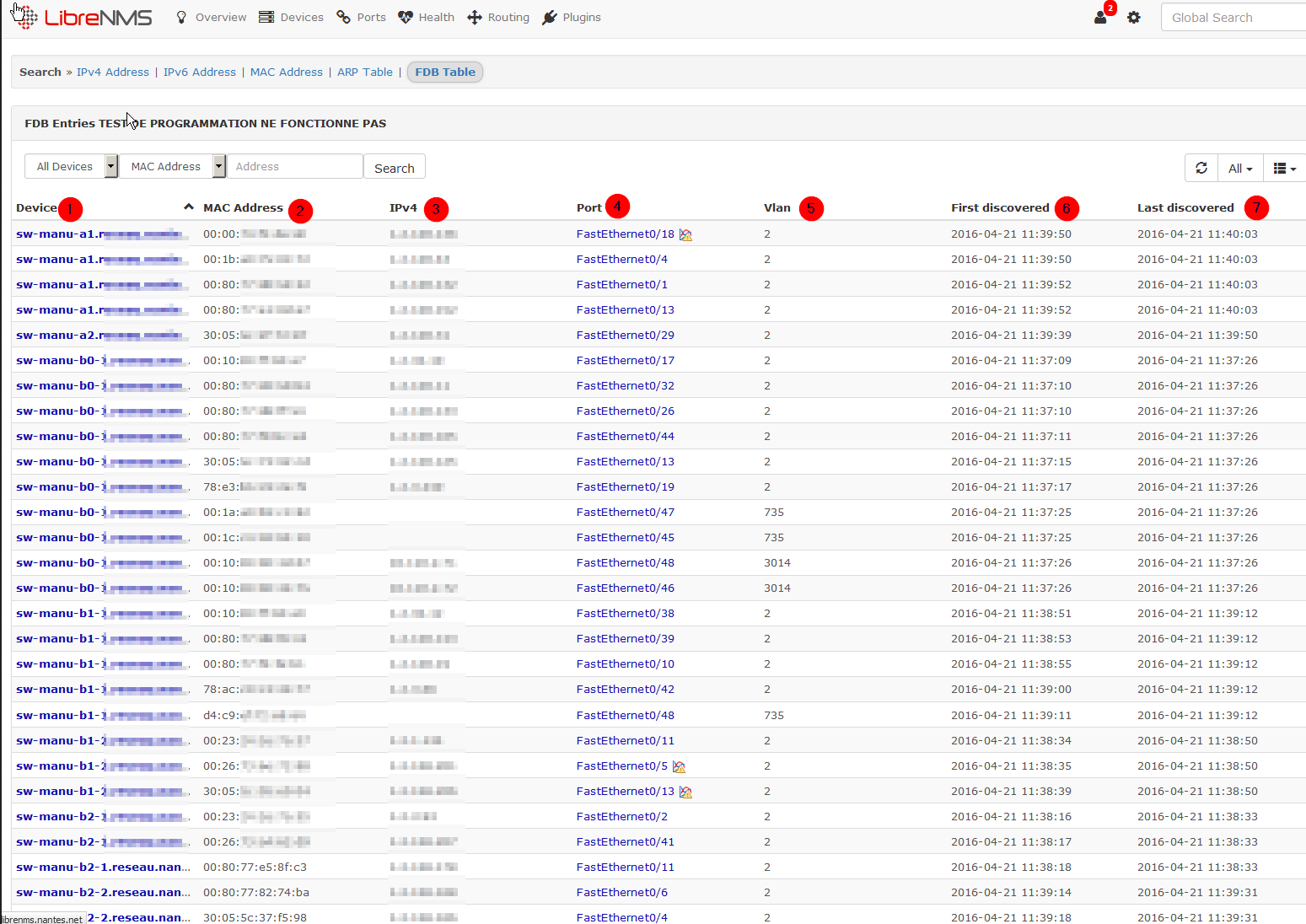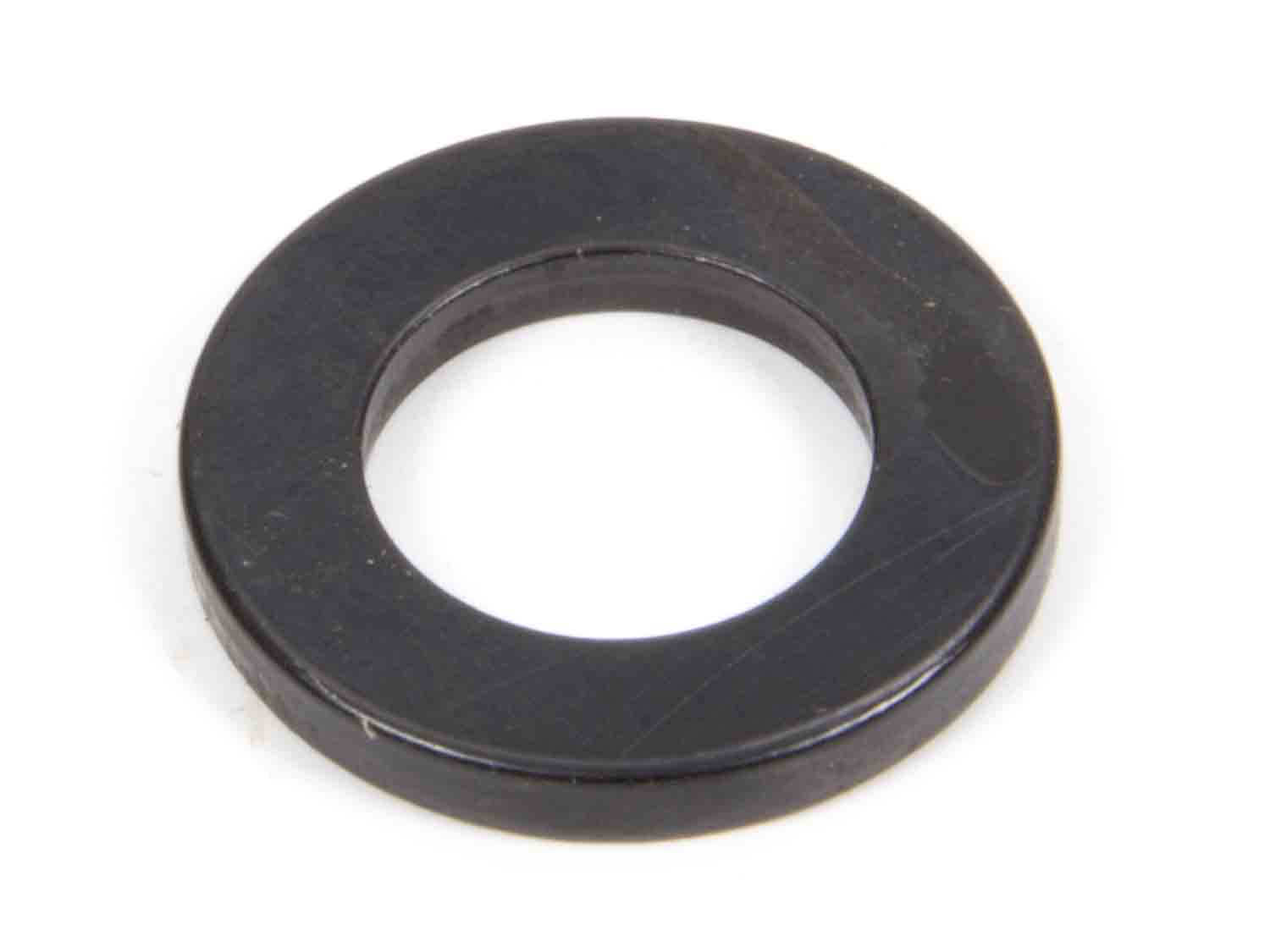

- Arp cleaner for mac software#
- Arp cleaner for mac mac#
If a machine replies with the address, the ARP cache is updated with it in case there are any future requests from the same source. If the right address isn’t found, ARP will send out a request packet that asks other machines on the local network if they know the correct address. If it locates the corresponding address, the address is used to convert the format and packet length.

The host then searches through its ARP cache.
Arp cleaner for mac mac#
When a packet heading towards a host on a LAN gets to the gateway, the gateway uses ARP to associate the MAC or physical host address with its correlating IP address. The relationship between a given MAC address and its IP address is kept in a table known as the ARP cache. Since IPv4 is still the most commonly used internet protocol, ARP generally bridges the gap between 32-bit IPv4 addresses and 48-bit MAC addresses. It’s used to discover which link layer address, such as a MAC address, corresponds with a given internet layer address for a physical machine. The address resolution protocol (ARP) is simply one of these protocols. What is the Address Resolution Protocol (ARP)? This mess of a system somehow works cohesively to bring the cat picture from the server to your phone’s screen.
Arp cleaner for mac software#
It takes the data for the cat picture from the internet layer software and delivers them to your device.Įach of the above layers can have a bunch of different protocols running through them to complete their jobs.
The link layer – Link layer software moves both ingoing and outgoing data within your local network. Once the internet layer software brings the cat picture data to your local network, it hands it off to the link layer software. It doesn’t care about the cat picture’s data and treats it the same as it would treat data for an ebook about chemistry. The internet layer – Internet layer software is responsible for moving data between the networks. The transport layer keeps an eye on the connection and looks for errors, but it doesn’t care about how the data is moved between the client and the server. The transport layer – With the transport layer, we get under the hood a little bit.The transport layer is responsible for establishing a connection between the client (your phone) and the server that hosts the website. All you know is that you clicked a link and that the cat picture came to you. You don’t know how many routers the data for the cat picture went through, or whether it traveled over wireless connections. The application layer – At the application layer, neither you, your web browser or the server software are really aware of how the cat picture got delivered to you. The cat picture’s journey is actually pretty complex, traveling across a multi-layered system that is best approximated with the Internet protocol suite model: Given the prevalence of wifi and data these days, it may even seem like the cat picture somehow travels across the ether. It can seem as if your phone and the server that hosts the cat pictures are connected like two cups on a string, and that like two children playing telephone, the cat picture just travels along some wires and appears on your phone like the sound of a voice over the string. When you open up the web browser on your phone, the memes and cat pictures are delivered to you almost instantaneously and with little effort, making the process seem simple. Before we can talk about the ARP protocol, we need to back up just a little bit further and talk about the Internet protocol suite. The technique is often used to initiate further offensives, such as session hijacking or denial-of-service.īefore you can understand what ARP poisoning is, it’s important to have a solid background on the ARP protocol. It only works against networks that use ARP.ĪRP poisoning is a type of man-in-the-middle attack that can be used to stop network traffic, change it, or intercept it. ARP poisoning does this by associating the attacker’s Media Access Control (MAC) address with the IP address of the target. These attacks attempt to divert traffic from its originally intended host to an attacker instead. It’s also known as ARP spoofing, ARP poison routing and ARP cache poisoning. 
Address Resolution Protocol (ARP) poisoning is an attack that involves sending spoofed ARP messages over a local area network.







 0 kommentar(er)
0 kommentar(er)
